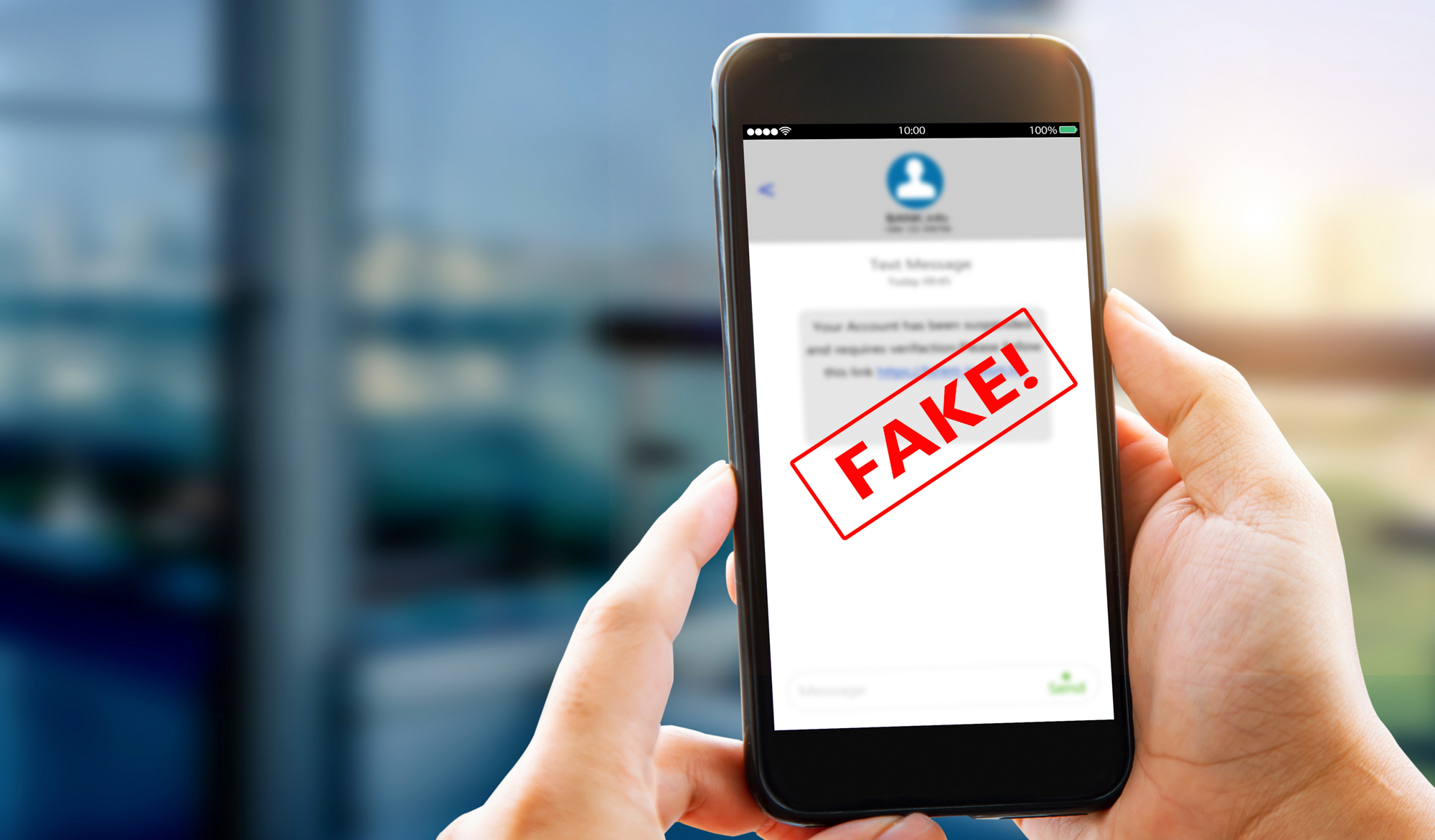Microsoft Patches Fatal Flaw in Windows Antivirus Software
Microsoft rushes out emergency patch for fatal flaw that could have crashed or hijacked its own Windows antivirus software.
Microsoft last night (May 8) rushed out an emergency patch to fix a grave flaw that could have let hackers disable, or even hijack, Microsoft's own antivirus software with a single malicious tweet.

The patch came less than 24 hours before Microsoft's regularly scheduled monthly software updates. The fact that the company didn't want to wait testifies to the severity of the flaw, which had been discovered only Friday by two Google security researchers.
"You know a security hole is serious if Microsoft issues a patch for it just hours before the company is scheduled to release its regular bundle of Patch Tuesday updates," noted independent security blogger Graham Cluley on the Bitdefender security blog.
Users of Windows 7 and later don't need to do anything. The Microsoft antivirus software, called Microsoft Security Essentials in Windows 7 and Windows Defender in Windows 8.1 and 10, will automatically update itself.
However, anyone using Microsoft Security Essentials in Windows XP or Windows Vista should immediately switch to another antivirus provider, as Microsoft no longer supplies security patches to those operating systems. You might want to check out our recommendations for the best antivirus software.
The flaw has to do with how the Microsoft malware-detection engine, shared by Microsoft Security Essentials and Windows Defender, parses JavaScript, a common coding language used in web pages and other applications.
A malicious JavaScript command fed into the malware-detection engine's code analyzer in just the right way could affect the malware-detection engine itself. The JavaScript could arrive in a web page, instant message, tweet, email or any other format that would be monitored by antivirus software.
Get instant access to breaking news, the hottest reviews, great deals and helpful tips.
That, in turn, could let remote attackers crash, or even take command of, Windows Defender or Microsoft Security Essentials, leaving undefended a system that relied upon either program as its primary antivirus software. Users who used third-party antivirus software would not be affected.
The flaw was discovered by Google Project Zero researchers Tavis Ormandy and Natalie Silvanovich. Ormandy tweeted out Friday evening (May 5) that he and Silvanovitch had "just discovered the worst Windows remote code exec in recent memory. This is crazy bad."
However, the two initially disclosed details of the flaw only to Microsoft, whose engineers worked over the weekend and finally released a fix and a statement explaining the fix Monday evening (May 8).
At that point, Ormandy and Silvanovich released their own explanation of the flaw. Silvanovich showed that malicious code exploiting the Windows flaw could fit into a single tweet, and Ormandy praised the Microsoft team for getting the very serious, widespread flaw fixed in 72 hours.
"What an amazing response," Ormandy tweeted last night. "That was incredible work. Still blown away at how quickly @msftsecurity responded to protect users, can't give enough kudos. Amazing."

Paul Wagenseil is a senior editor at Tom's Guide focused on security and privacy. He has also been a dishwasher, fry cook, long-haul driver, code monkey and video editor. He's been rooting around in the information-security space for more than 15 years at FoxNews.com, SecurityNewsDaily, TechNewsDaily and Tom's Guide, has presented talks at the ShmooCon, DerbyCon and BSides Las Vegas hacker conferences, shown up in random TV news spots and even moderated a panel discussion at the CEDIA home-technology conference. You can follow his rants on Twitter at @snd_wagenseil.
-
spikey in tn Is this solely a Microsoft problem, or does JavaScript also have a key role that needs addressing?Reply -
Paul Wagenseil Reply19683045 said:Is this solely a Microsoft problem, or does JavaScript also have a key role that needs addressing?
Bad JavaScript makes this attack possible, but I don't think JavaScript is to blame. -
spikey in tn Reply19683081 said:19683045 said:Is this solely a Microsoft problem, or does JavaScript also have a key role that needs addressing?
Bad JavaScript makes this attack possible, but I don't think JavaScript is to blame.
Perhaps I didn't sufficiently differentiate between whether JavaScript was an innocent carrier or an active participant. Regardless of which ultimately proves to be the case, one thing is certain - JavaScript is in the middle, whether actively or passively, of far too many attacks of all kinds. To me it has proven to be a hacker's dream because of how well it serves their purposes. -
rgd1101 Reply19683306 said:19683081 said:19683045 said:Is this solely a Microsoft problem, or does JavaScript also have a key role that needs addressing?
Bad JavaScript makes this attack possible, but I don't think JavaScript is to blame.
Perhaps I didn't sufficiently differentiate between whether JavaScript was an innocent carrier or an active participant. Regardless of which ultimately proves to be the case, one thing is certain - JavaScript is in the middle, whether actively or passively, of far too many attacks of all kinds. To me it has proven to be a hacker's dream because of how well it serves their purposes.
read the article
"The flaw has to do with how the Microsoft malware-detection engine, shared by Microsoft Security Essentials and Windows Defender, parses JavaScript, a common coding language used in web pages and other applications.
A malicious JavaScript command fed into the malware-detection engine's code analyzer in just the right way could affect the malware-detection engine itself. The JavaScript could arrive in a web page, instant message, tweet, email or any other format that would be monitored by antivirus software." -
Paul Wagenseil Reply19683306 said:19683081 said:19683045 said:Is this solely a Microsoft problem, or does JavaScript also have a key role that needs addressing?
Bad JavaScript makes this attack possible, but I don't think JavaScript is to blame.
Perhaps I didn't sufficiently differentiate between whether JavaScript was an innocent carrier or an active participant. Regardless of which ultimately proves to be the case, one thing is certain - JavaScript is in the middle, whether actively or passively, of far too many attacks of all kinds. To me it has proven to be a hacker's dream because of how well it serves their purposes.
That's a viable argument, but JavaScript isn't half as dangerous as Java, which REALLY is at the middle of too many attacks of all kinds. You should really disable Java in the browser unless you absolutely need it.
